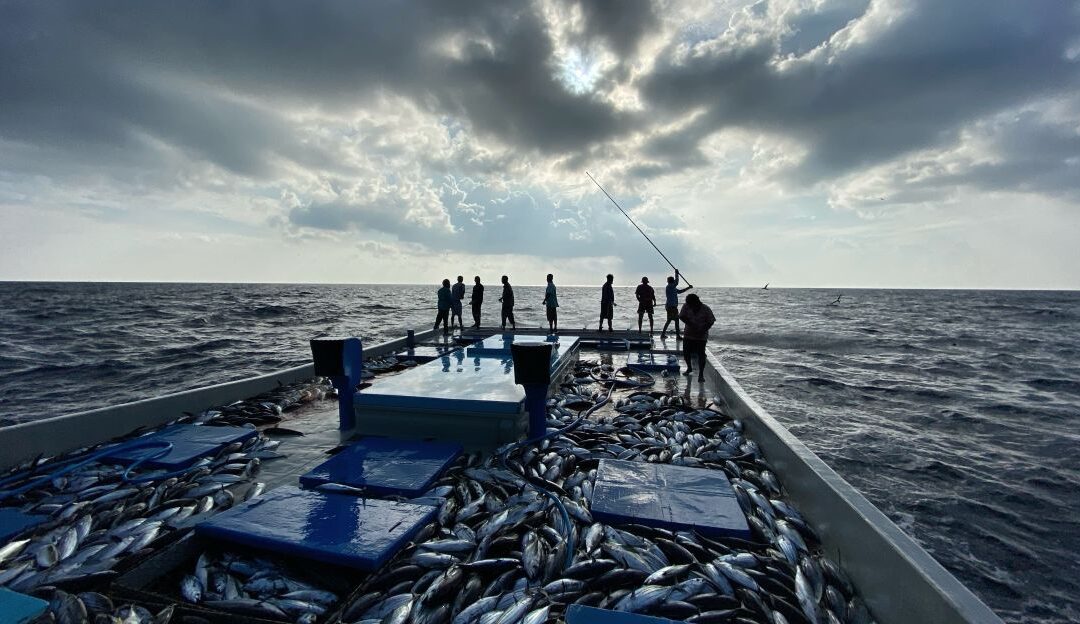AUTHOR
C S Mohamed
Business Development Manager (India),
Ensis Fisheries Private Limited, Maldives

Introduction
The Maldives is an archipelago in the Indian Ocean, located south-west of the southern tip of India, the Minicoy Island. There are 26 atolls containing 1192 islets, of which 250 islands are inhabited with a total population of 3,39,761 (2014). A glimpse of the Maldives is enchanting, no wonder the first traveler called it a paradise on earth; sunny weather, white sandy beaches, blue pristine waters with an abundance of tuna in it! Sun, sand, sea and tuna! Fishing has long been the lifeblood of the Maldivian economy. Fishing industry was the dominant sector of the economy until 1985, when tourism overtook it in terms of its contribution to the GDP. But still, it serves as an important source of income for about 20% of the population, especially in the remote islands of the country.
As with other countries, Maldives has an Exclusive Economic Zone (EEZ) of 200 nautical miles. It covers about 900,000 square kilometers. This area, along with the inland areas, the lagoons, are the fishing grounds of the country. In comparison, India has an EEZ of 2305143 square kilometers with huge tuna resource potential, of which Lakshadweep covers an area of 400,000 square kilometers. The Andaman, Nicobar and Lakshadweep Islands comprise 30% of the EEZ but produce only 1% of the tuna (Source: Union Fisheries Department Secretary at the 23rd session of the Indian Ocean Tuna Commission (IOTC) held in Hyderabad). Tuna market is growing well on a global level with the market reaching $11.38 billion in 2017 and is projected to grow to $13.75 billion by 2023. Despite a huge coastline and the EEZ, the country is yet to tap the tuna opportunity. India’s part continues to be negligible, despite IOTC nations contributing 20% of the global catch. A major share of tuna exports from India (99.4%) is of low-value frozen skipjack tuna intended for canning (MPEDA 2017-18).
Fishing methods
Pole and line, and hand line are the two predominant fishing methods in the Maldives. Though long lining was started in 2010 to increase catch of oceanic tuna, the Maldives government decided to discontinue issuing licenses for long line vessels in 2019.
Maldives tuna is caught one-by-one and is dolphin-friendly, certified by the Earth Island Institute (EII) and Friend of the Sea (FOS) at the processor’s level. Maldives skipjack tuna fishery is Marine Stewardship Council (MSC) certified, boosting its value in the international market. Most processors are MSC Chain-of-Custody (CoC) certified and are using ecolabel on the packaging.
The islands of Maldives have small wooden fishing boats, built domestically, which can carry 8-12 fishermen. Most of the boats were mechanized in 1980s with the addition of large fiber boats.
For More>>

